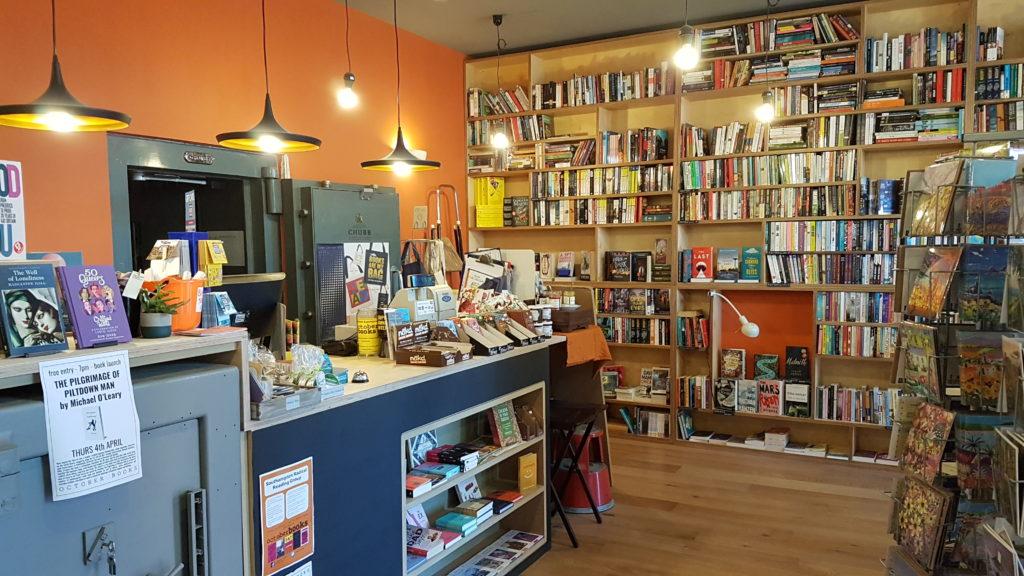Darren was invited by MESH Energy to present the talk ‘What is a contemporary home going to look like in 2024’ earlier this month, looking at our projects to discuss and explain the current trends we are seeing in the design of sustainable homes.
As a business we believe in using architecture to create sustainable homes, we understand that ethically and morally it is our responsibility as architects to use design to make contemporary houses that are kind to our clients, the surroundings and the planet. To build a new build house can produce up to 31% more embodied carbon than refurbishing an existing structure, which is why as a business we believe in reusing and reimagining existing dwellings where it is possible. Throughout the design process we have energy efficiency at the forefront of our minds, by adopting a fabric first approach, following Passivhaus principles and feeding as many of the UN sustainability development goals into each of our projects.
At our Brockenhurst project the clients were pushing the sustainable approach from the onset. At the early stages of the design process, we collaborated with MESH Energy to get an Energy Strategy Planning report done on the existing structure which was an extremely useful report which informed the design solution for the home and also offered the client a helpful breakdown of upfront costs compared to annual savings.
The project is currently progressing well on site, the work includes a contemporary rear extension that ties into the garden, key energy efficiency solutions include full over cladding, new triple glazed Internorm windows, insulation upgrade to walls and roof and addressing overheating concerns with sun shading introduced over large glazing in the garden.
It is always a challenge to push the sustainable agenda on clients, as this does have an impact on the budget but it is important to be able to show the initial costs and highlight the potential savings and impact. Understandable a major challenge on all refurbishment projects in the issue with VAT, many find it difficult to justify a refurbishment if they can save having to pay 20% VAT with a new build home. Interestingly, we have worked with some savvy clients who have deliberately purchased houses that have been empty, as there is often a clause that can get the VAT reduced down to around 5% for homes that have been unoccupied for many years.
When working with existing buildings things are not straightforward, clients need to be passionate about the sustainable agenda to move these projects forward. We have also found that working with good builders in very important, we try to recommend builders who will stick to the drawings and specification, especially if we are not retained onsite during the build, to ensure the completed home is as energy efficient as it was designed.
Our Burley house is unfortunately a structure that is past its best, so on this occasion we have looked to rebuild with an upgraded structure. Architecturally the replacement dwelling is contemporary vernacular, drawn from the natural agricultural aesthetic of the surrounding area. Sitting on a long and skinny plot, the house is arranged around a series of courtyards that connect with the landscape, brings in natural daylight, ventilation and offer shading.
Designed to be constructed from cross laminate walls and roof touch, the home will touch the ground lightly by sitting on screw piles, without a need for concrete foundations, reducing the impact to the landscape and allow trees and planting to be conserved on site.
You can hear the full webinar here, or get in touch to discuss your next project with us.
